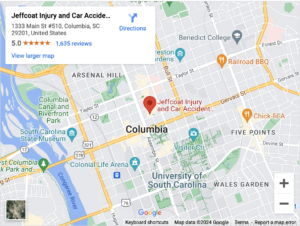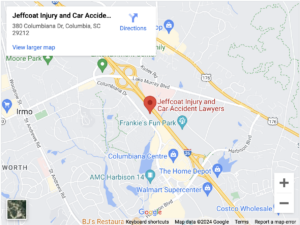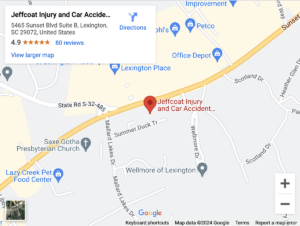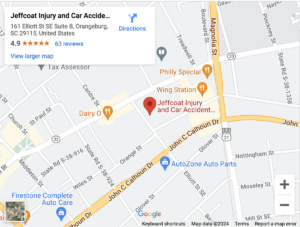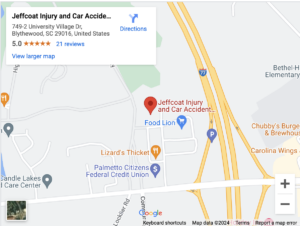
Personal injury accidents are based on the legal theory of negligence. To file a successful personal injury lawsuit, you must be able to prove how the other party was negligent. Proving negligence needs to be more clear-cut. Instead, it requires investigation and collection of evidence to prove various factors.
When you have proven negligence, you will be able to recover compensation from the other party. A skilled South Carolina personal injury attorney can help you prove negligence and recover damages for your injuries.
Your accident lawyer will help you with medical bills and lost wages. They will explain negligence and how to hold the negligent party accountable.
What Is Negligence?

Negligence occurs when an individual causes an accident by careless or reckless conduct. To file a lawsuit holding the other party accountable for negligence, the plaintiff must prove how the other party was negligent by a preponderance of the evidence.
This means that the plaintiff must have to show that it is more likely than not that the defendant was negligent.
What Are Elements Of Negligence?
The legal theory of negligence has various elements that must be proven. These elements include:
Duty of care:
A duty of care is a legal obligation to act reasonably. Usually, the duty of care is established by laws. For example, if you are alleging that the other party was negligent and caused your car accident injuries, then the legal duty is established by South Carolina vehicle laws. There is a legal duty for all to act reasonably and prevent placing others in immediate harm or injury. The legal duty depends on the type of accident.
Breach of duty of care:
A party breaches their duty when they fail to act within their duty of care. This means that the defendant’s actions did not fall within the duty and were careless. For example, any vehicle law violation could be a breach of duty and lead to a motorcycle accident.
Causation
The breach of the duty of care caused the plaintiff to experience the accident. Causation requires the plaintiff to prove there was a direct and proximate cause. Direct cause means that the plaintiff would not have been injured if it had not been for the defendant’s conduct. Proximate cause means that injury was foreseeable if there was a breach of duty.
Damages
The plaintiff has now suffered damages from the accident. There are several different types of damages, which could include
- Economic damages: These are quantifiable and include medical expenses, personal care, physical therapy, property damage, in-home medical care, lost income, future earning capacity, etc.
- Non-economic damages: These are unquantifiable. They include emotional distress, pain, and suffering from the accident’s injuries.
The above are the general elements that a plaintiff must prove in a negligence claim or lawsuit. However, these elements may change or become more specific depending on the type of lawsuit.
What Is A Reasonable Person Standard?
Usually, negligence duties are to a reasonable person standard. There is no such thing as an actual person who decides; instead, it is a question of what a reasonable person would have done in those circumstances. This is usually a question that is asked of jury members during the trial.
For example, when dealing with a slip-and-fall matter, a hotel property manager has a responsibility to ensure that their floors are free from liquids or spills. A reasonable person would make sure that their property is safe and free from potential slip-and-fall accidents.
What Are The Different Types Of Negligence?
Negligence itself can be broken down into different types depending on the circumstances. Some types include:
- Gross negligence is an extreme type of standard negligence. It occurs when the defendant is reckless and disregards any potential injuries that their actions may cause.
- Comparative negligence is a type of negligence that also holds the plaintiff accountable for any actions they took. South Carolina is a modified comparative negligence state. A plaintiff can recover from a negligent party if they are no more than 49% responsible for the accident.
- Vicarious negligence is a form of negligence that holds another party accountable for an individual’s behavior. It is usually seen in employer-employee relationships. For example, if an employer improperly trained an employee and the employee’s negligence caused the accident, the employer could be held responsible.
Negligence exists in all types of personal injury lawsuits. But, the elements may differ depending on the circumstances of the accident. For a more in-depth look into your specific accident, we recommend that you speak to an experienced South Carolina personal injury lawyer today.
Contact our skilled personal injury lawyers at Jeffcoat Injury and Car Accident Lawyers. You can call us at (803) 200-2000 to schedule a free case review.

